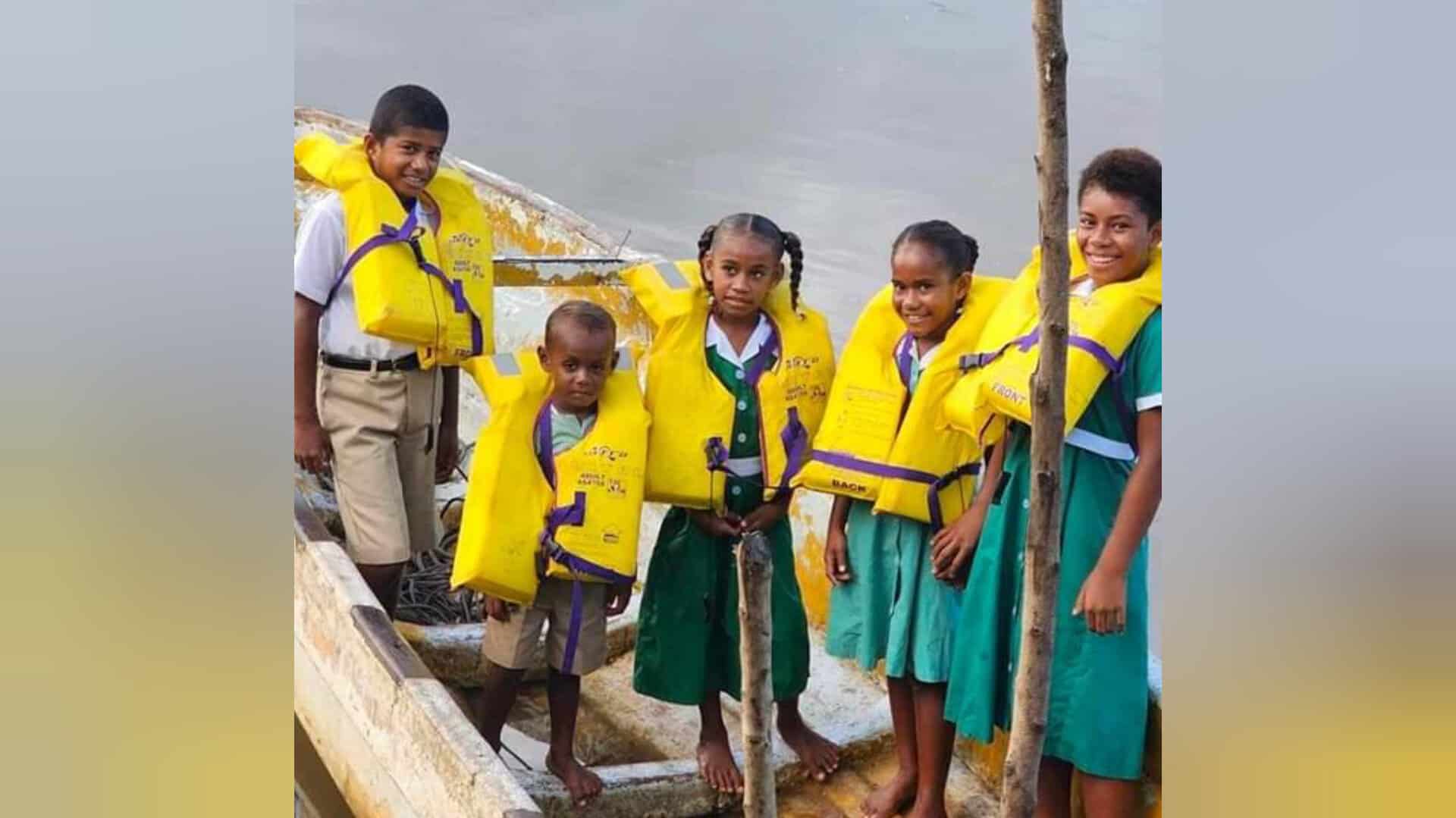Analysis of 2021 data on student retention and attrition of students indicates that student dropouts are gradually decreasing in the region.
Data collected by the UNESCO (United Nations Educational, Scientific and Cultural Organization) Institute of Statistics shows that less than 3% of primary school-aged children and a third of adolescents and youth of secondary age in the Pacific Islands are not enrolled in school.
However, qualitative data from the region suggests that increasing dropout rates – at different levels of the education system – still pose a significant challenge for the education ministries in the region . . .
Please Subscribe to view full content...
